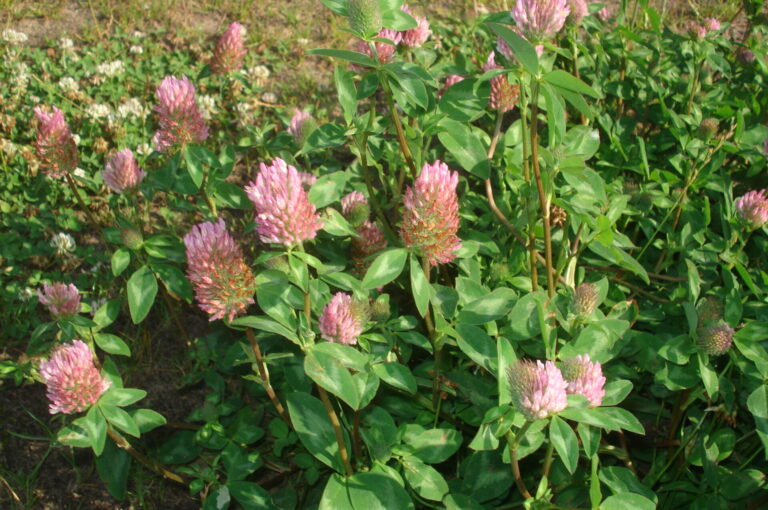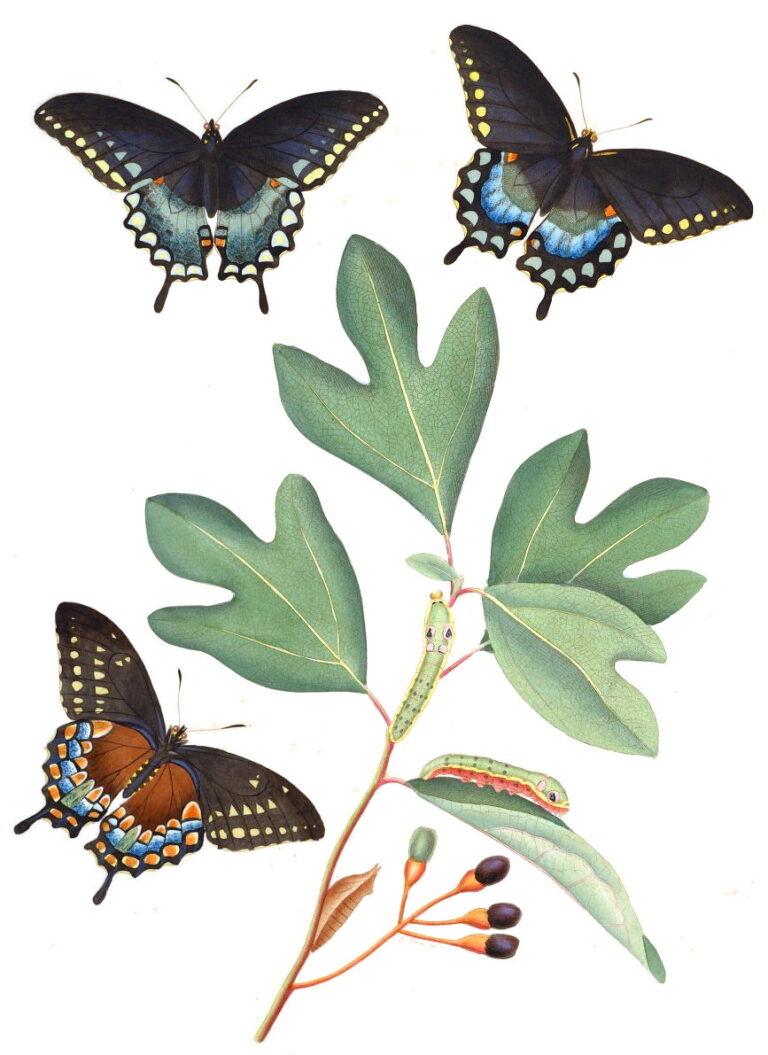
Nasturtium
Nasturtium belongs to the Tropaeolaceae family and is native to South America, specifically in Peru. It is a perennial and climbing plant, which can reach a height of up to 11 inches. Its flowering season is from July to September while the seeds will become ripe from August to October. The flowers are large and trumpet-shaped, with some of the most common colors being red, orange, yellow, and creamy white. The leaves and flowers are both edible. Its leaves taste peppery, which will have a stronger flavor as it grows older. Its flowers also have a distinct spiciness, making



















